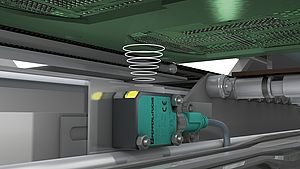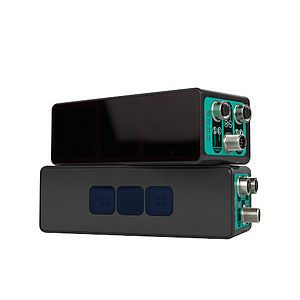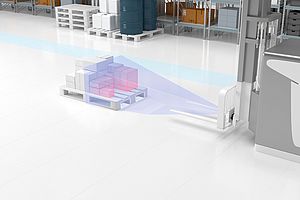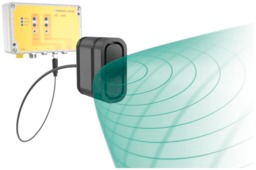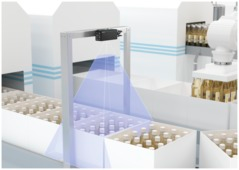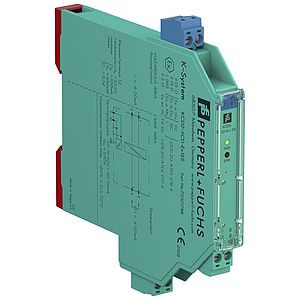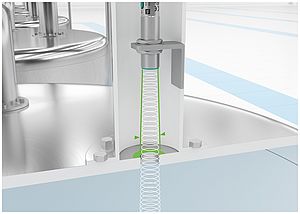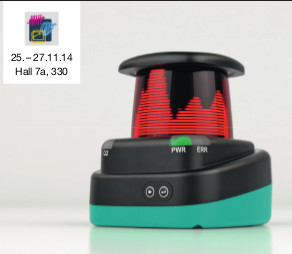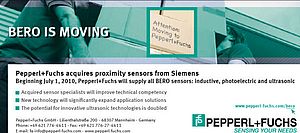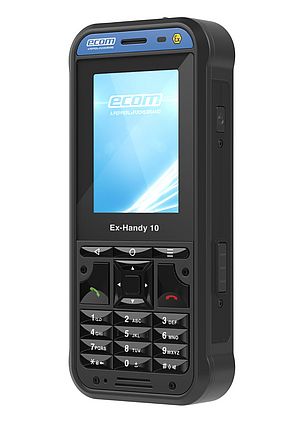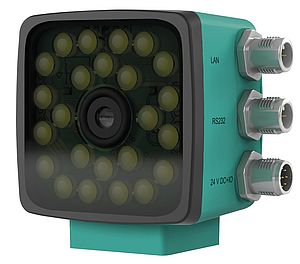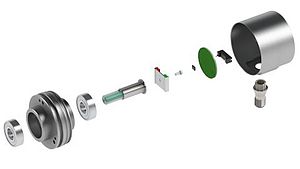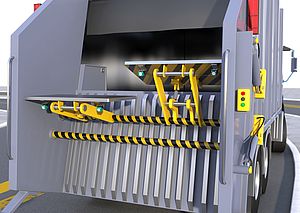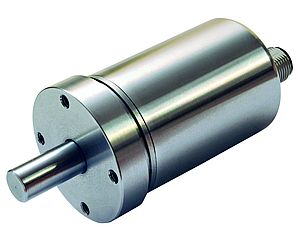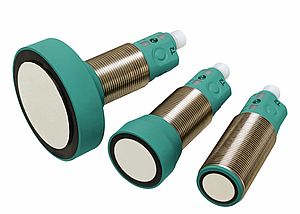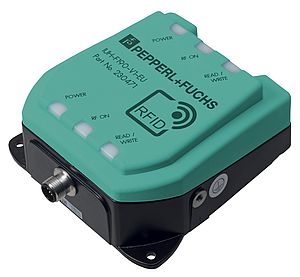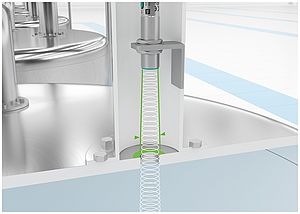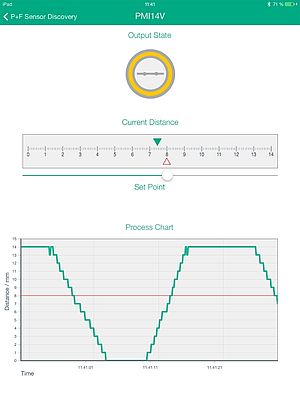Every year, unplanned machine downtimes result in high costs for the respective companies, not only in the automotive industry, and chemical and pharmaceutical plants, but in almost all industrial applications. These downtimes often result from failures of the central control unit or of the programmable logic controller, PLC for short. While critical components at the lowest field level are often already redundant to intercept failures, until now this has often not been the case at the highest PLC level. The new ICE1 IO-Link masters from Pepperl+Fuchs support PROFINET S2 system redundancy precisely so that these controllers can be redundant. This means that, if the primary controller fails, another connected PLC can automatically take over the process control and prevent plant downtime. Even at the sensor/actuator level, the detailed identification and diagnostic data provided by IO-Link can further minimize downtimes by enabling predictive maintenance concepts to be implemented in line with Industry 4.0.
IO-Link Reduces Downtimes at the Lowest Sensor/Actuator Level
With a total of 15.9 million IO-Link network nodes installed by the beginning of 2019 and a growth rate of around 40 % compared to the previous year, IO-Link is long established as a sensor interface in the field and is becoming increasingly important. IO-Link is the world's first standardized point-to-point IO technology (IEC 61131-9) between an IO-Link master, which controls communication, and an IO-Link device, which records or executes process values at the lowest sensor/actuator level. Where previously only simple switching signals from sensors were passed on to a higher level, additional information for identification, diagnosis, and parameter settings can now be exchanged. The device information provided by IO-Link opens up new possibilities for smart sensors.
Pepperl+Fuchs already offers photoelectric sensors with contamination detection that can generate a diagnostic message if the lens becomes contaminated. This facilitates predictive maintenance, in which the sensor is cleaned even before contamination leads to erroneous measurement results and thus to possible production failures. If devices nevertheless need replacing, the identification data makes it easy to establish which device to obtain from which manufacturer. If the replacement device is then installed, the data storage function of the IO-Link master allows all previous parameterizations to be automatically transferred to the replacement device and the process can start again immediately.
PROFINET S2 System Redundancy for Highly Available Control Systems
Generally, PROFINET is an Ethernet-based fieldbus protocol that is specifically designed to accurately exchange signals between the lowest field level and higher-level control systems in the millisecond range. One such scenario is packaging systems that require real-time control to perform each folding step correctly. With PROFINET as the communication standard, redundancy functions such as PROFIBUS slave redundancy could previously not be used. PROFINET devices could receive only one communication connection to a single controller. This was compensated for with PROFINET system redundancy, for which a distinction is made between four different configurations: S1, S2, R1 and R2. While the participant has one PROFINET interface for S redundancies, R redundancy devices have two separate PROFINET interfaces. The resulting number indicates how many communication relationships the participant can have.
While S1 devices do not support redundancy functions and are only mentioned in the standard for the sake of the completeness, S2 system redundancy devices are participants with a PROFINET interface, which can establish two communication relationships with two separate controllers simultaneously. In the case of a fault in the primary controller, a redundant back-up PLC can take over the process control immediately without plant downtime. To take over the process at the precise point at which the primary control unit failed, the back-up PLC continuously synchronizes with the primary controller. R2 system redundancies go a step further, enabling redundant cabling of the devices to the two controllers. This makes cabling significantly more time consuming and therefore sensible only in exceptional cases with the most stringent availability requirements. However, an S2 network can almost completely eliminate control-related downtimes and does not require any changes to the existing cabling. It is therefore more expedient for most applications than R2 system redundancy.
Combining the Advantages of IO-Link and S2 System Redundancy in a Single Device
As a system provider for IO-Link, Pepperl+Fuchs has now combined the advantages of IO-Link and the PROFINET S2 system redundancy in a single device. The ICE1 IO-Link masters with PROFINET S2 system redundancy are the optimal solution for control-related applications that have stringent availability requirements. The ICE1 modules have eight IO-Link ports: four Class A ports and four Class B ports with increased current-carrying capacity. Due to the especially resistant die-cast zinc housing, which has a broad temperature range from -20 °C to +70 °C and the safety class IP69, the modules can also be used in industrial applications with the harshest ambient conditions. The L-coded M12 power connector delivers 2 x 16 A and achieves a 70 % increase in performance compared to conventional 7/8" connectors, allowing several modules to be connected in series. If the IO-Link master is not yet used in a PROFINET S2 application, a rotary selector switch can be used to activate EtherNet/IP as the protocol via the multi-protocol functionality. This enables global companies that need to adapt their facilities to the regional protocols to standardize to a single device.
By Lukas Pogoda, Product Manager for Industrial Communication at Pepperl+Fuchs






